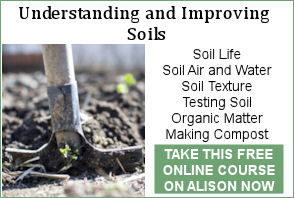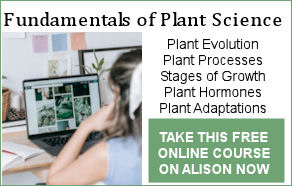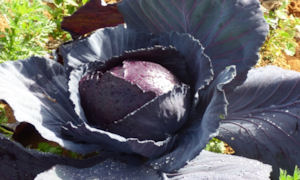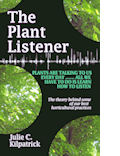Companion Planting
Ever wondered why you see flowering plants such as marigolds and nasturtiums growing alongside vegetables in allotments? This is because traditional gardeners have long since recognised the value of companion planting.
Companion planting is the term used for growing different plants close to each other because they have a beneficial effect on your crop. Companion plants are used to attract bees and butterflies for pollination, to deter pests and diseases or to attract pests away from your crops. And the great thing about companion plants is you don't have to resort to chemicals nor do you have to dig deep into your pockets - these plants do the work for free.
Some plants are more attractive to pests than others. Slugs are said to like marigolds better than other delicate salad crops and nasturtiums attract aphids and caterpillars.
Ants 'farm' aphids for the sticky honeydew that aphids produce. They will also protect their aphid herd from predators such as ladybird larvae. They appear to have a preference for sunflowers when collecting aphids for farming so, if you plant a few sunflowers, the ants may well remove your aphids from the vegetable crops and put them on the sunflowers.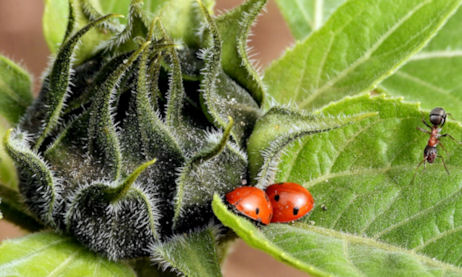
Pelargoniums have for many years been the recommended plant for situating next to roses and grape vines. They attract leafhoppers and also many other pests.
Other companion plants are useful in repelling certain pests and diseases. French marigolds produce a chemical, thiopene, which repels nematodes so it is a great companion for root crops. Slugs have a particular distaste of mints and chervil so use these plants to form a protective ring around your prize specimens.
Pests that are attracted to plants by their smell can be fooled into bypassing their favourite food by the scent of another plant. Onion fly is attracted to the smell of onions and carrot fly to the smell of carrots so planting both together may mask the smell from each of their predators. Mice are said to be disgusted by the smell of elder and rabbits, like vampires, are repelled by the odour of garlic. Marigolds - any gardener's all time best friend - emit a strong smell that wards off aphids and discourage cabbage butterflies from laying eggs.
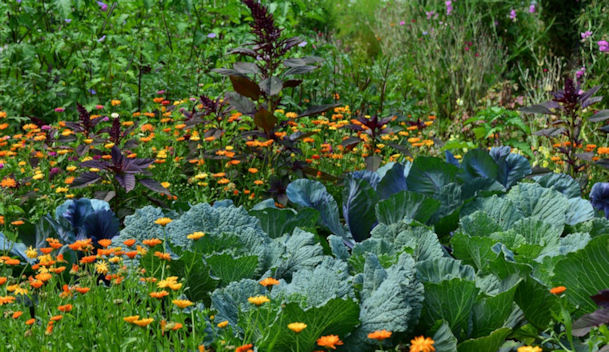
Another way to protect your favourite plants from pests without resorting to chemicals is to make friends with the insects that prey on the pests. Hoverflies, ladybirds and lacewings are all really good at eating aphids. I said before that aphids have a particular preference for nasturtiums and their predators seem to know this since they too are attracted to nasturtiums. Plant nasturtiums and indeed most yellow-coloured flowering plants such as yarrow, marigolds and sunflowers and aphid predators will be attracted to your plot.
Don't forget about birds too. Most birds are partial to caterpillars and will happily pick them off your vegetable plants if you provide a welcoming habitat. All sorts of hedging plants will provide shelter and nesting sites while berry-bearing plants are invaluable for ensuring the winter survival of your local birds. Teasel is often planted in allotments to attract finches which, contrary to popular opinion, also eat bugs and will pick around in the soil for the kind of bugs you and I love to hate. They have favourite rocks or hard-standing where they like to smash snail shells so make sure they have somewhere to do that.
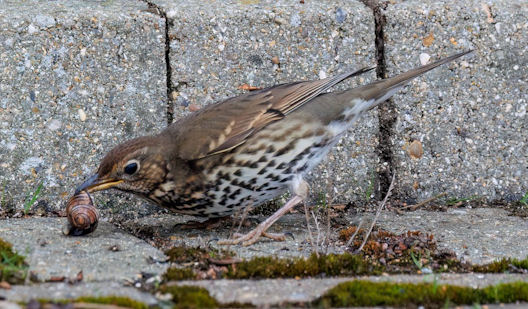
Many vegetables rely on pollination to produce fruit but they don't always have the most attractive flowers. You can attract pollinating insects such as butterflies and bees to your garden by planting mixed annuals or wildflowers amongst your fruit and vegetables. Almost any brightly-coloured showy plant - shrub, annual or perennial, will do for this. Obvious ones to try are buddleia, cornflower, michaelmas daisy, borage and lavender. Or simply buy a mixed pack of annuals and sow them wherever you have the space. If nothing else, it'll make your vegetable plot look much prettier and cheer you up, even on a bad day.

